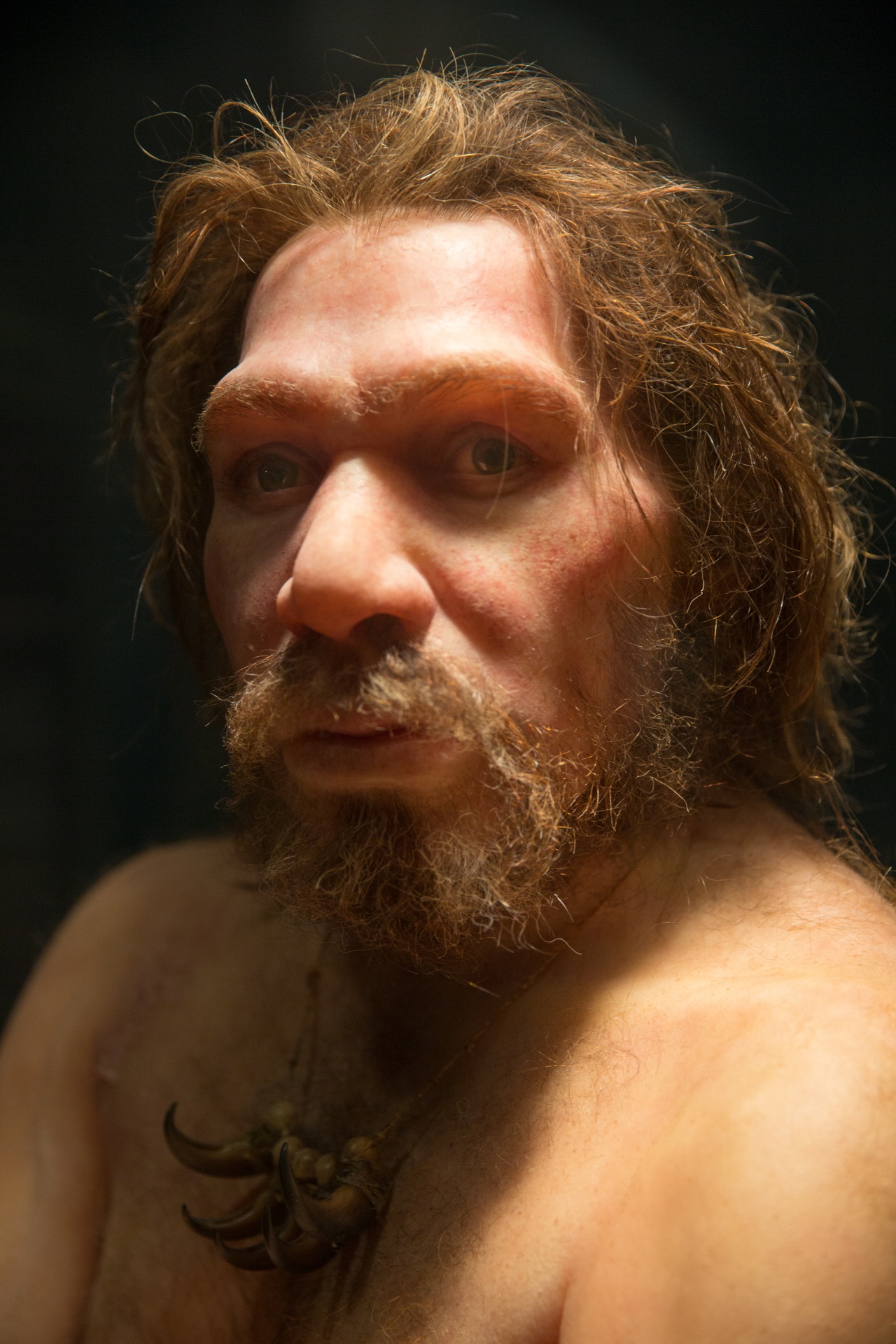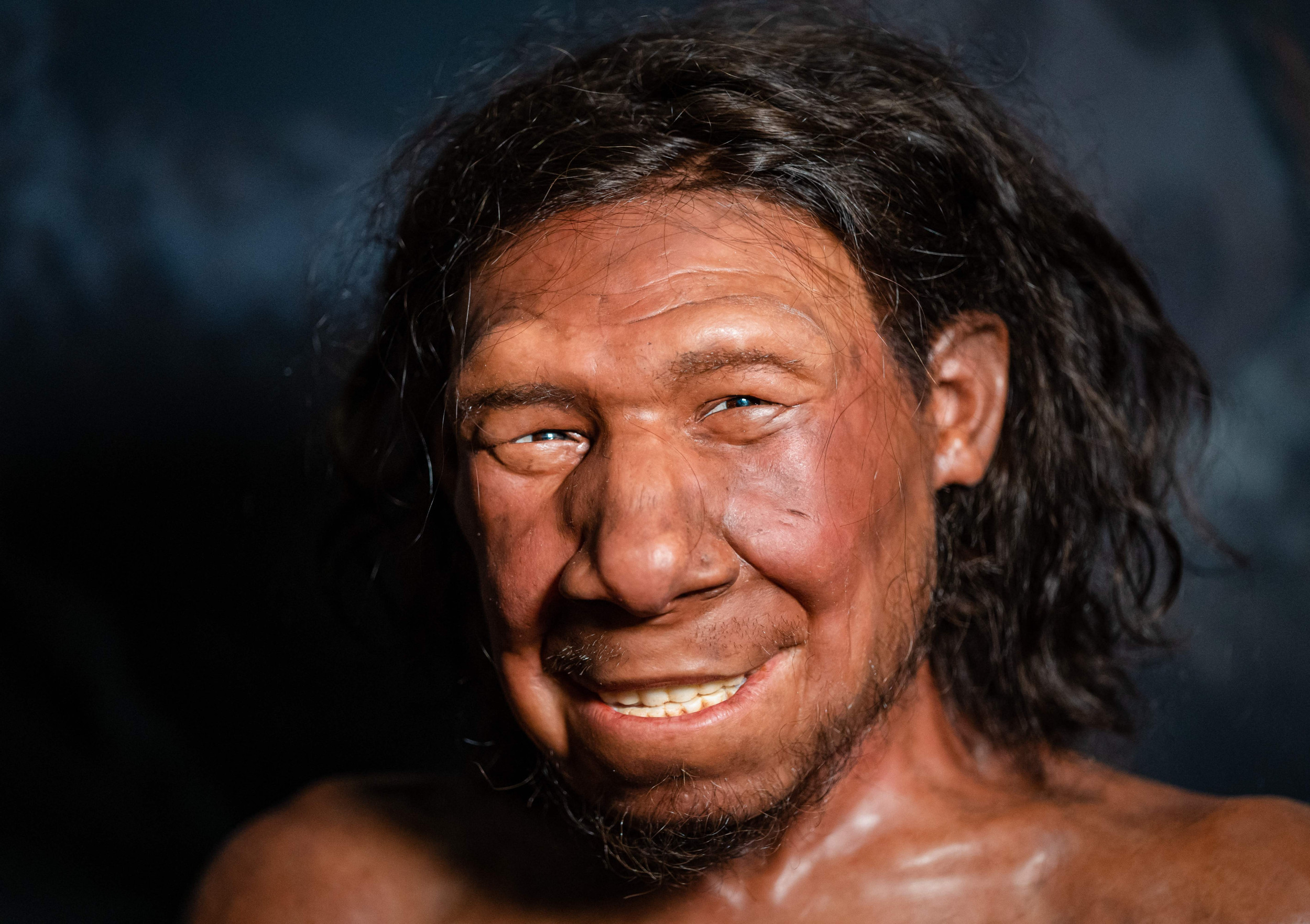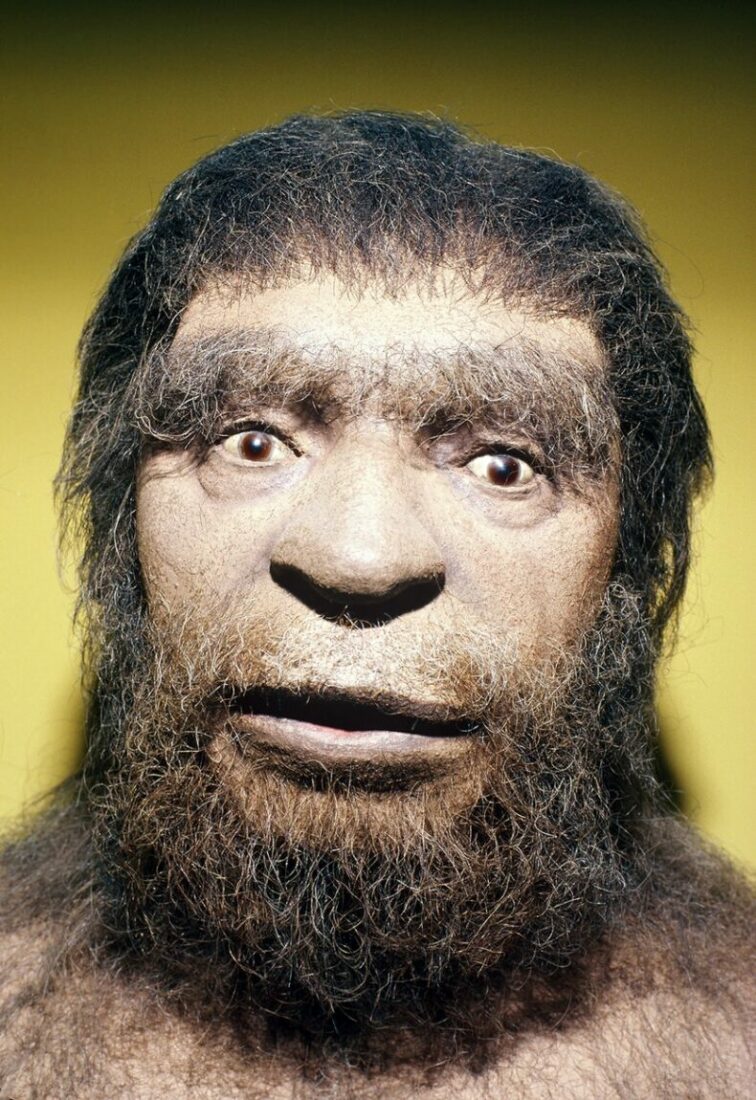Understanding Neanderthal Brow: Evolutionary Significance And Anatomical Features
The Neanderthal brow, a distinctive feature of our close ancient relatives, has long intrigued researchers and enthusiasts alike. This prominent brow ridge, found on the skulls of Neanderthals, offers valuable insight into their evolutionary adaptations and lifestyle. In this article, we will delve deep into the fascinating world of Neanderthal anatomy, exploring the significance of the brow ridge, its evolutionary context, and what it reveals about the lives of these ancient humans.
Neanderthals, who roamed Europe and parts of Asia until about 40,000 years ago, are often depicted as brutish and primitive. However, the reality is much more complex. Their brow ridge plays a crucial role in understanding their physical and behavioral traits. By examining this feature, we can uncover much about their interactions with their environment and their adaptation strategies.
This comprehensive analysis of the Neanderthal brow will explore its anatomical features, its evolutionary implications, and the ongoing research that continues to shape our understanding of these ancient humans. Whether you are a student of anthropology, a history buff, or simply curious about our prehistoric relatives, this article aims to provide you with a thorough understanding of the Neanderthal brow and its significance.
Table of Contents
- 1. Biography of Neanderthals
- 2. Anatomy of the Neanderthal Brow
- 3. Evolutionary Significance of the Brow Ridge
- 4. Comparison with Modern Humans
- 5. Functional Implications of the Brow Ridge
- 6. Cultural Interpretations of Neanderthals
- 7. Current Research on Neanderthal Anatomy
- 8. Conclusion
1. Biography of Neanderthals
Neanderthals, scientifically known as Homo neanderthalensis, were a species of archaic humans that lived approximately 400,000 to 40,000 years ago. They were primarily located in Europe and parts of western Asia. Neanderthals are known for their robust physique, distinct skull features, and adaptation to cold environments.
Their existence is closely linked to the development of complex tools, social structures, and various subsistence strategies. Despite their extinction, Neanderthals significantly contributed to the genetic makeup of modern humans, as many people today carry traces of Neanderthal DNA.
Below is a brief biography and data table summarizing key aspects of Neanderthal history:
- Jack Wagner The Multifaceted Career Of A Television Icon
- Rachel Weisz A Comprehensive Look At Her Life And Career
| Data | Details |
|---|---|
| Species | Homo neanderthalensis |
| Time Period | 400,000 - 40,000 years ago |
| Location | Europe and parts of Asia |
| Key Features | Robust physique, prominent brow ridge, and skilled tool users |
2. Anatomy of the Neanderthal Brow
The Neanderthal brow ridge is one of the most recognizable features of their skulls. This pronounced structure is located above the eyes and serves several anatomical purposes.
2.1 Structure and Characteristics
The brow ridge consists of a thickened area of bone that extends over the eye sockets. Its primary characteristics include:
- Prominence and size: Neanderthals had larger and more pronounced brow ridges compared to modern humans.
- Shape: The brow ridge is typically straight or slightly arched, giving Neanderthals a distinctive facial appearance.
- Robustness: The thickness of the brow ridge suggests adaptation to physical stress and environmental factors.
2.2 Comparison with Other Species
When comparing the Neanderthal brow to that of modern humans, several differences emerge:
- Modern humans have a flatter forehead and less pronounced brow ridges.
- Neanderthals' brow ridges serve as a marker for evolutionary adaptations to their environment.
3. Evolutionary Significance of the Brow Ridge
The brow ridge is not just a cosmetic feature; it holds deep evolutionary significance. Researchers believe that the development of the brow ridge was influenced by several factors:
3.1 Adaptations to Environment
Neanderthals lived during a time of fluctuating climates, and their robust features, including the brow ridge, provided certain advantages:
- Protection: The brow ridge may have offered some level of protection to the eyes against environmental factors such as sun glare and flying debris.
- Thermal regulation: The brow ridge could have played a role in regulating heat and moisture around the eye area.
3.2 Social and Communication Implications
The brow ridge may also have implications for social interaction and communication among Neanderthals:
- Facial expressions: The prominent brow could have contributed to the ability to convey emotions through facial expressions.
- Social signaling: The distinctive brow ridge might have served as a social signal among peers.
4. Comparison with Modern Humans
Neanderthals and modern humans share a common ancestor, but they diverged in many anatomical features, particularly in the skull structure.
4.1 Cranial Differences
Some key cranial differences between Neanderthals and modern humans include:
- Forehead shape: Modern humans have a more vertical forehead, whereas Neanderthals possess a sloping forehead.
- Brow ridge prominence: Neanderthals have prominent brow ridges, while modern humans have minimal or no brow ridges.
4.2 Behavioral and Cognitive Differences
Despite their physical differences, Neanderthals displayed complex behaviors that challenge the stereotype of them as primitive:
- Tool-making: Neanderthals created sophisticated tools that demonstrate advanced cognitive abilities.
- Cultural practices: Evidence suggests that Neanderthals engaged in burial practices and may have had a form of symbolic communication.
5. Functional Implications of the Brow Ridge
The functional implications of the Neanderthal brow ridge extend beyond aesthetics; they provide insight into how Neanderthals adapted to their environment.
5.1 Stress and Strain Distribution
Research indicates that the brow ridge helps distribute stress and strain across the skull:
- Impact resistance: The robust structure may have provided added strength to withstand physical impacts.
- Muscle attachment: The brow ridge serves as an attachment point for facial muscles, aiding in various facial movements.
5.2 Implications for Survival
Understanding the functional implications of the brow ridge can shed light on Neanderthal survival strategies:
- Environmental adaptation: The brow ridge likely played a role in helping Neanderthals navigate their challenging environments.
- Social interactions: The ability to express emotions through facial features may have facilitated social bonding and cooperation.
6. Cultural Interpretations of Neanderthals
The cultural interpretations of Neanderthals have evolved significantly over the years. Early views depicted them as brutish and unrefined, but recent research paints a more nuanced picture.
6.1 Neanderthals in Popular Culture
In popular culture, Neanderthals have often been portrayed as cavemen with limited intelligence. However, archaeological findings challenge this notion:
- Artistic expression: Evidence of cave art and symbolic artifacts suggests cognitive complexity.
- Social structures: Neanderthals likely lived in social groups, sharing resources and knowledge.
6.2 Modern Perspectives
Today, researchers emphasize the connections between Neanderthals and modern humans:
- Genetic contributions: Many people of non-African descent carry Neanderthal DNA, highlighting their influence on modern human ancestry.
- Shared behaviors: The similarities in tool use

Neanderthal Free Stock Photo Public Domain Pictures

Humans and Neanderthals CoExisted Longer Than Previously Known Study

Our Neanderthal legacy


